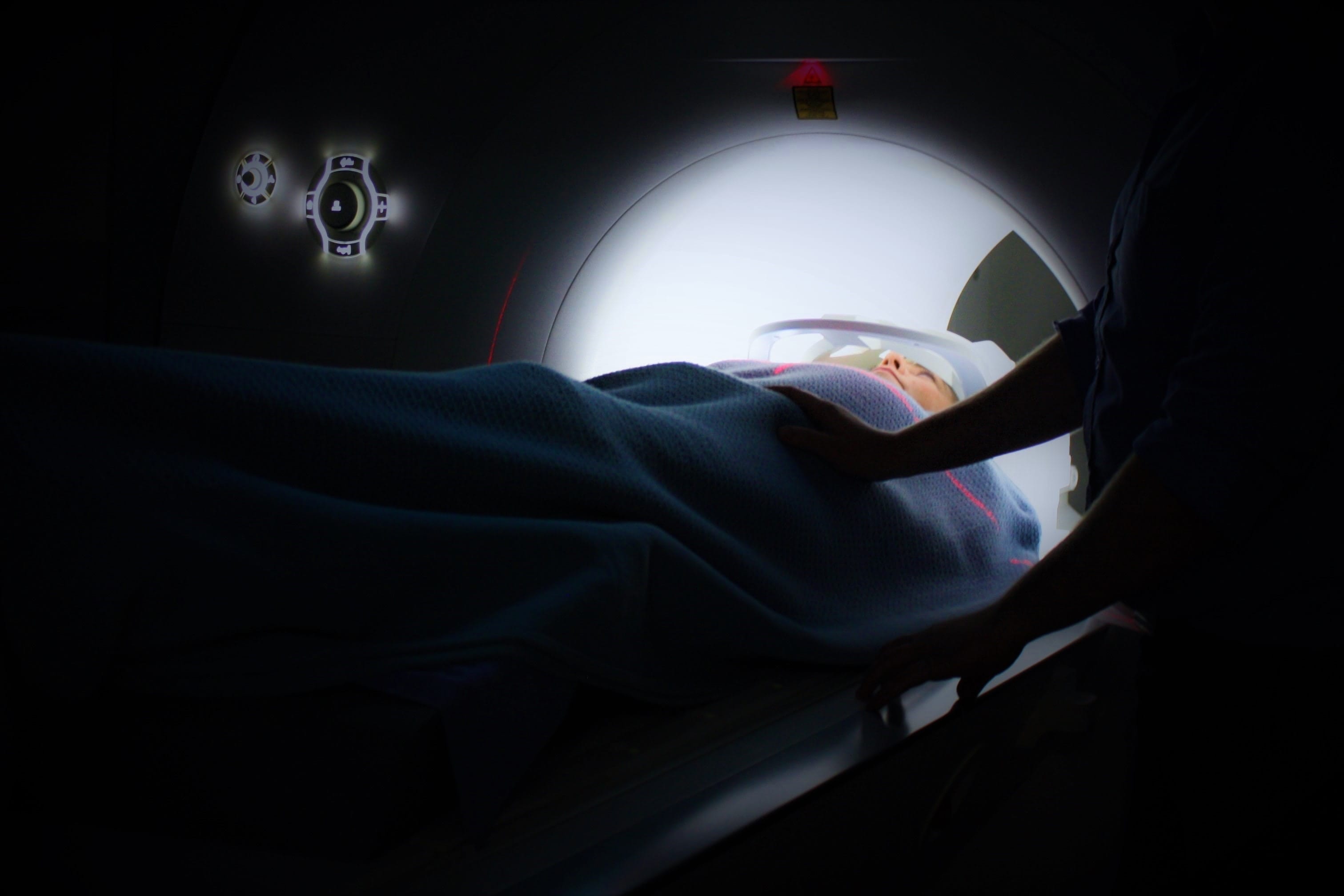Prescription opioids have been identified as significant contributors to the overdose epidemic. There may be a need for new alternatives for cancer treatment.
The opioid epidemic has caused there to be new discussions surrounding pain relievers and protocol for treating patients with cancer. Many of the nation’s leading cancer centers are now reviewing their current protocol and developing ways to manage pain with shorter courses of opioids or not at all. Oncologists are increasingly being advised look for symptoms of dependence and monitor their cancer patients for signs of abuse.
“As more patients achieve long-term survivorship, the need for better management of pain medication will become more pressing,” Alison Wakoff Loren, MD, MSCE, noted, adding, “Oncologists are accustomed to giving opioids, but we must also be comfortable taking them away and sometimes giving them in limited doses or not at all. We need to be aware of risk factors for substance use disorders and tools for preventing and addressing them… Although many cancer survivors live with chronic health issues caused by their treatment, opioid addiction should not be one of them.”

Prescription opioids have been identified as significant contributors to the overdose epidemic. The Centers for Disease Control and Prevention (CDC) reports that more than 35% of all US opioid overdose deaths in 2017 involved a prescription rather than illegal street drugs such as heroin. The percentage of deaths in the United States attributed to opioids rose 292% between 2001 and 2016. The age group between 25 and 34 was hit the hardest with 1 in 5 deaths in the United States now listed as opioid related in this demographic. However, adults aged 55 to 64 years, the most likely age group to be coping with cancer, experienced the largest relative increase in the proportion of deaths attributable to opioods, with an increase of 754%, from 0.2% to 1.7%.
Fentanyl, hydrocodone, methadone, morphine, and oxycodone have all been approved to treat cancer pain and these drugs were among the most frequently involved in fatal overdoses in the United States from 2011 to 2016, according to the CDC’s National Center for Health Statistics. Researchers at The University of Texas MD Anderson Cancer Center in Houston found that 29% of 522 patients whose charts they reviewed were at high risk for opioid misuse. Therefore, there is a need for new, non-opioid standard protocol.
According to Howard Hoffberg, MD., “The non-opioid options for cancer relief include analgesics include acetaminophen (APAP), non-steroidal anti-inflammatory drugs (NSAIDs), corticosteroids, antidepressants, anticonvulsants, topical analgesics, hypnotics, muscle relaxants, cannabinoids, N-Methyl-D-aspartate (NMDA) receptor antagonists, and others. Nociceptive pain can be responsive to NSAIDs or corticosteroids neuropathic pain can be responsive to topical anesthetics, antidepressants, and anticonvulsants.”
Hoffeberg states further, “For breast cancer pain, hormonal therapy (tamoxifen, raloxifene) can reduce the risk of osteoporosis and subsequent fractures and improve cognition. Testosterone replacement or anabolic androgens…may be required in patients with opioid-induced hypogonadism for improvement of libido, fatigue, muscle mass, osteoporosis, cognition, and wound healing.”
He notes, “The use of adjuvant analgesics in cancer patients is still often guided solely by anecdotal experience or derived from data on nonmalignant pain. Future studies focused on the cancer population are needed to expand and improve the use of these drugs.” Now, more than ever before, alternatives to opioids are been given a closer look and alternatives are becoming a proirity.


Join the conversation!